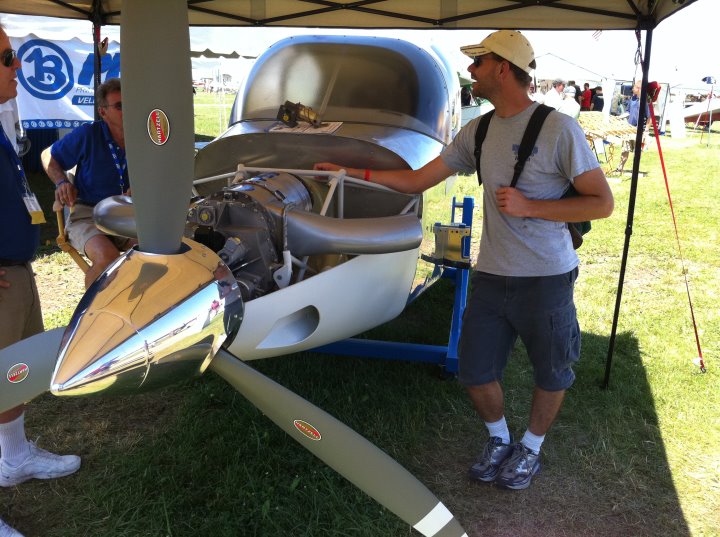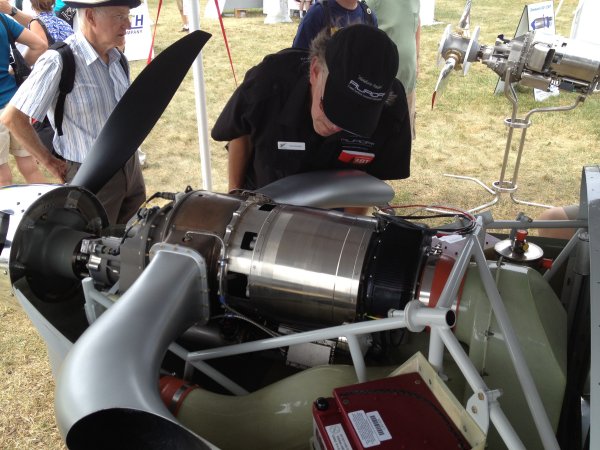pierre smith
Well Known Member
I was speaking with a gentleman from Oklahoma a while ago and he'd sold his partially-built -10.
There is a company in the process of developing a turbine engine kit for that airplane and they hope to have it at Osh this summer:
http://www.diemechturbines.com/RV10kit.htm
Best,
There is a company in the process of developing a turbine engine kit for that airplane and they hope to have it at Osh this summer:
http://www.diemechturbines.com/RV10kit.htm
Best,







